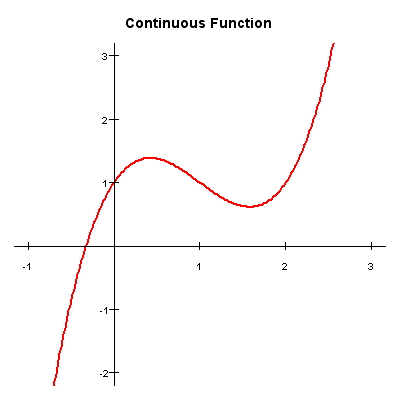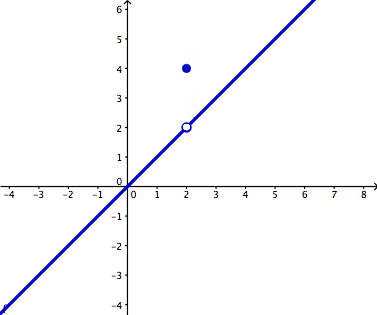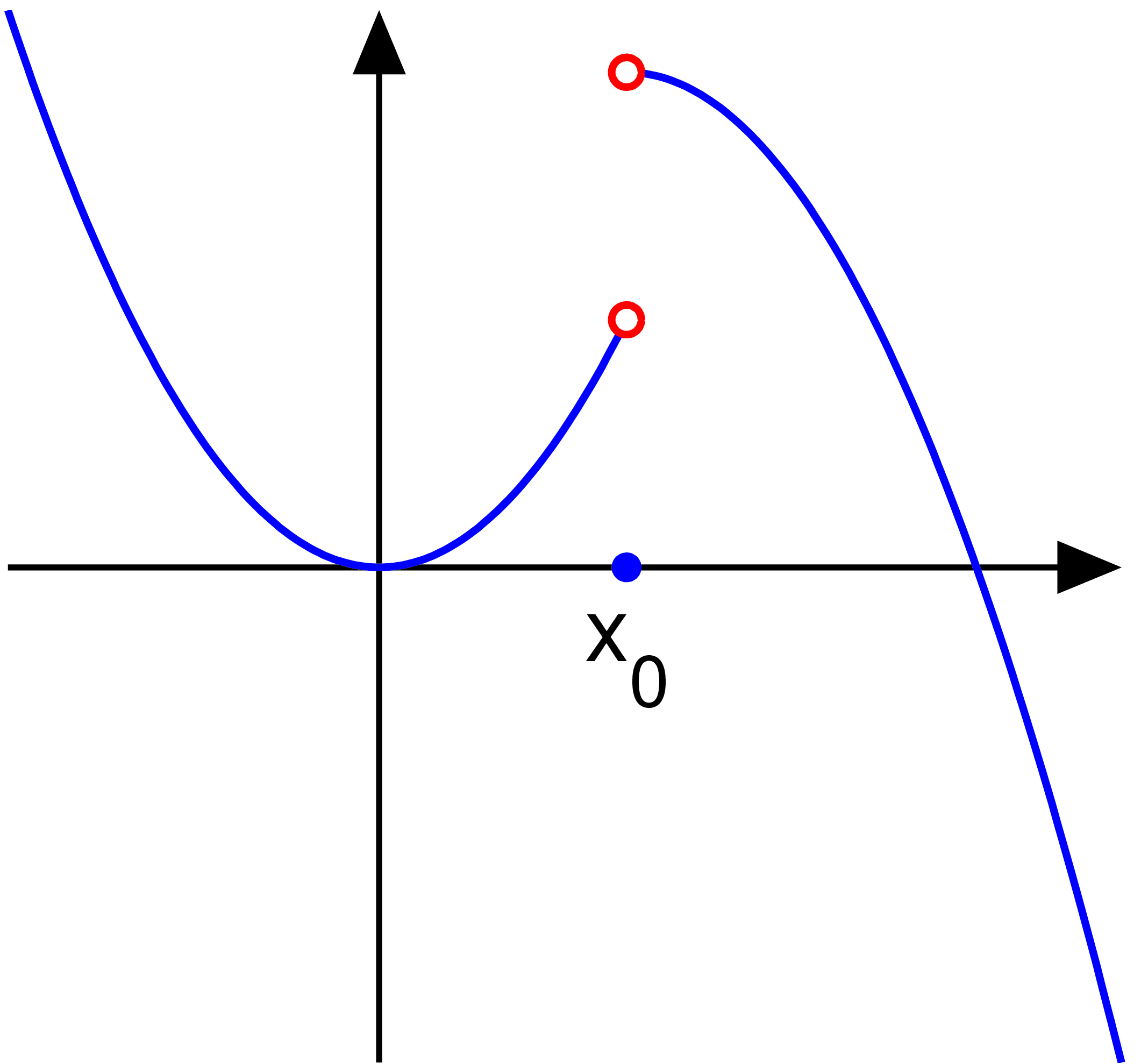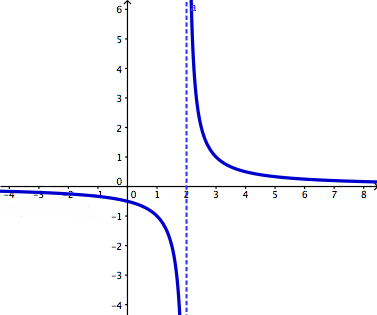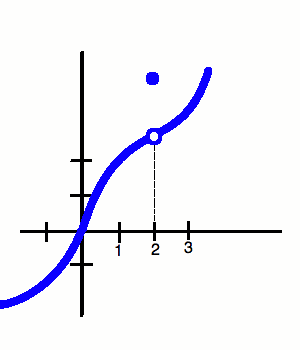INQUIRY ACTIVITY SUMMARY
1. The 30* triangle is one of the special right triangles (SRT). The rules of the 30* right triangle is that the leg opposite of the 30* is 1, the longer leg is radical 3, and the hypotenuse is 2. When using it in the Unit Circle you label the hypotenuse as "r", the leg opposite of the 30* is "y", and the longer leg is "x".
* The "r" has to be equal to 1 because when putting the triangle into the unit circle, the hypotenuse is the radius of the unit circle, that is why the hypotenuse of the triangle in the unit circle is 1.
 |
| http://dj1hlxw0wr920.cloudfront.net/userfiles/wyzfiles/1d8a68d5-a442-4626-bc06-e7346f455322.png |
The hypotenuse has to be one so you divide everything by 2 (because you are making the hypotenuse one) so that everything is equal. "r" becomes 1, "y" becomes 1/2, and "x" becomes radical 3 over 2.
2. The 45* triangle is another SRT, the rules of the 45* right triangle is that the opposite leg of the angle is 1 and the other leg is also 1 while the hypotenuse is radical 2. When using it in the unit circle, the hypotenuse is "r", the leg opposite of the angle is "y" while the other leg is "x".
 |
| http://dj1hlxw0wr920.cloudfront.net/userfiles/wyzfiles/1d8a68d5-a442-4626-bc06-e7346f455322.png |
Again, because the triangle is used in the unit circle, we have to make the "r" 1. So we divide everything by radical 2. Because radical 2 over radical 2 is the same, then that becomes 1. For the other legs, you cannot have a radical on the bottom so you have to rationalize. You multiply the fraction by radical 2 on the bottom and the top. The radical cancels out on the bottom so you are left with 2 and on the top, 1 multiplied by radical 2 is just radical two. So for both "x"and "y", the answer is radical 2 over 2.
3. The 60* is the last SRT. The rules of the 60* is that the opposite leg is radical 3, the other leg is 1, and the hypotenuse is 2. When using the triangle you have to label the opposite leg "y", the other leg "x", and the hypotenuse "r".
 |
http://dj1hlxw0wr920.cloudfront.net/userfiles/wyzfiles/1d8a68d5-a442-4626-bc06-e7346f455322.png
|
You have to make the "r" one because this is being used in the unit circle (the hypotenuse is the radius of the unit circle) so you have to divide everything by 2 (you do one thing to one side, you have to do the same to the rest). "r" becomes 1, "y" becomes radical 3 over 2, and "x" becomes 1/2.
4. The activity helps us derive the unit circle because it helps us see the reason why the 30* and 60* triangles have 1/2 and radical 3 over 2 and why 45* triangles have the radical 2 over 2 and 1/2. The shows us the process of how we get the coordinates also well once they are plotted on the graph. By putting the triangles on a graph that symbolizes the 1st quadrant and finding the coordinates, we see how the unit circle gets it's coordinates. It also becomes an easier way to remember the unit circle through the 3 triangles. By using the SRT, you really only have to memorize the 1st quadrant and find the rest of the coordinates in the unit circle by using reference angles. You just have to remember that the signs (+/-) change in each quadrant.
 |
| Example of what it should look like on a graph |
5. The quadrant that the activity lies in is the first quadrant. The changes in value as the triangles are in different quadrant change by their signs (+/-). The triangles on the unit circle are basically mirror images of each other. Quad 2 is a mirror of Quad 1, while Quad 3 is a mirror of Quad 2 and Quad 4 is a mirror of
Quad 3.
The values of the triangles as it changes doesn't really change in the number value, but the sign of it changes. Using the ASTC, each letter being labeled counter-clockwise respectively, helps remind us which are positive and which are negative. "A" in the first quadrant means that all signs are positive. "S" in the second quadrant mean that only sin and csc are positive while tan, cot, cos, and sec are negative (the signs are +,- when looked at in x,y form). "T" in the third quadrant mean that only tan and cot are positive while sin, csc, cos, and sec are negative (signs are -,-). Lastly, in the "C" in the fourth quadrant means that cos and sec are positive while sin, csc, tan, and cot are negative.
The values stay true to the triangle that they are reference angles for. Any triangle with the reference angle of 30* is radical 3 over 2, 1/2. Any triangle with the reference angle of 45* is radical 2 over 2, radical 2 over 2. Any triangle with the reference angle of 60* is 1/2, radical 3 over 2.
30* is green
45* is red
60* is blue
 |
| http://dpmathematicssl.weebly.com/uploads/1/2/6/8/12680071/2763336_orig.png |
HEADING FOR THIS SECTION: INQUIRY ACTIVITY REFLECTION
- The coolest thing I learned from this activity was the more efficient and easier way to memorize the Unit Circle. I always had trouble remembering the coordinates but now that I have connect the SRT to the UC, I see the pattern that the UC goes in.
- This activity will help me in this unit because we are finding exact values of trig functions and finding anlges when given exact values, so remember which quadrant has which positive and negative helps with the concept. It will also help on the test where we have to fill in the UC.
- Something I never realized before about special right triangles and the unit circle is how they connect. My college algebra teacher briefly went over the connection, but it never really clicked so I had to memorize the unit circle blindly. Doing this activity I realized how the SRT connect to the UC and why the coordinates are the numbers they are.
REFERENCES
- http://dj1hlxw0wr920.cloudfront.net/userfiles/wyzfiles/1d8a68d5-a442-4626-bc06-e7346f455322.png (This counts as the first three pictures because the original picture was one big picture, but I cropped it so that I could insert the pictures in the needed sections).
- http://dpmathematicssl.weebly.com/uploads/1/2/6/8/12680071/2763336_orig.png
